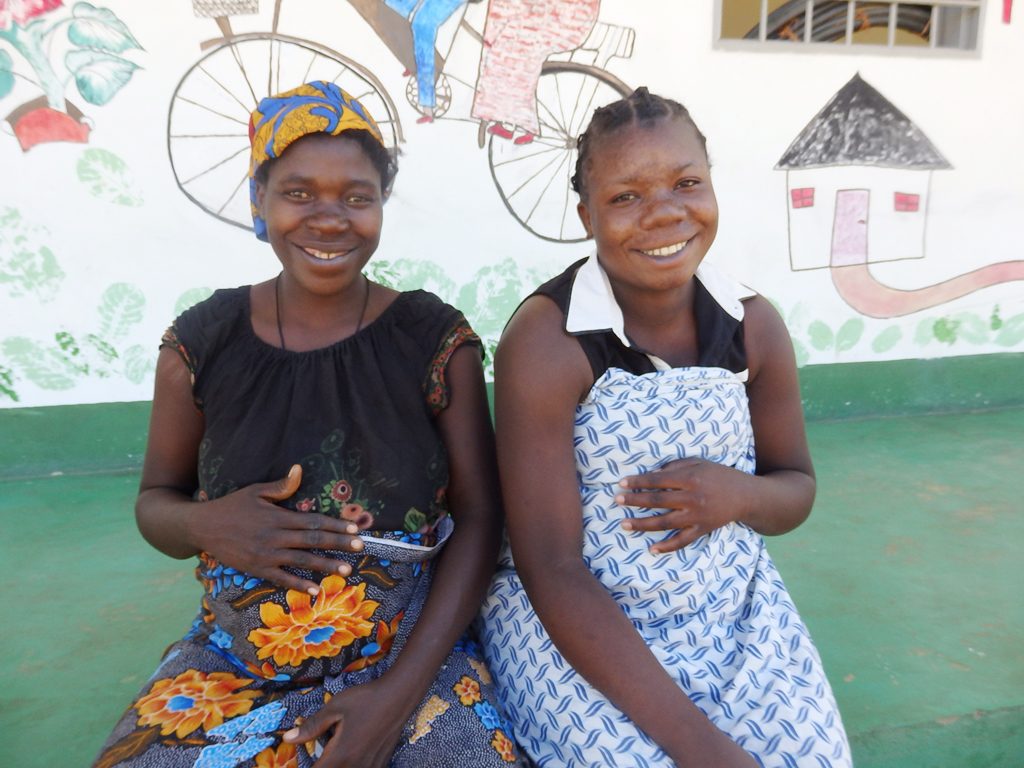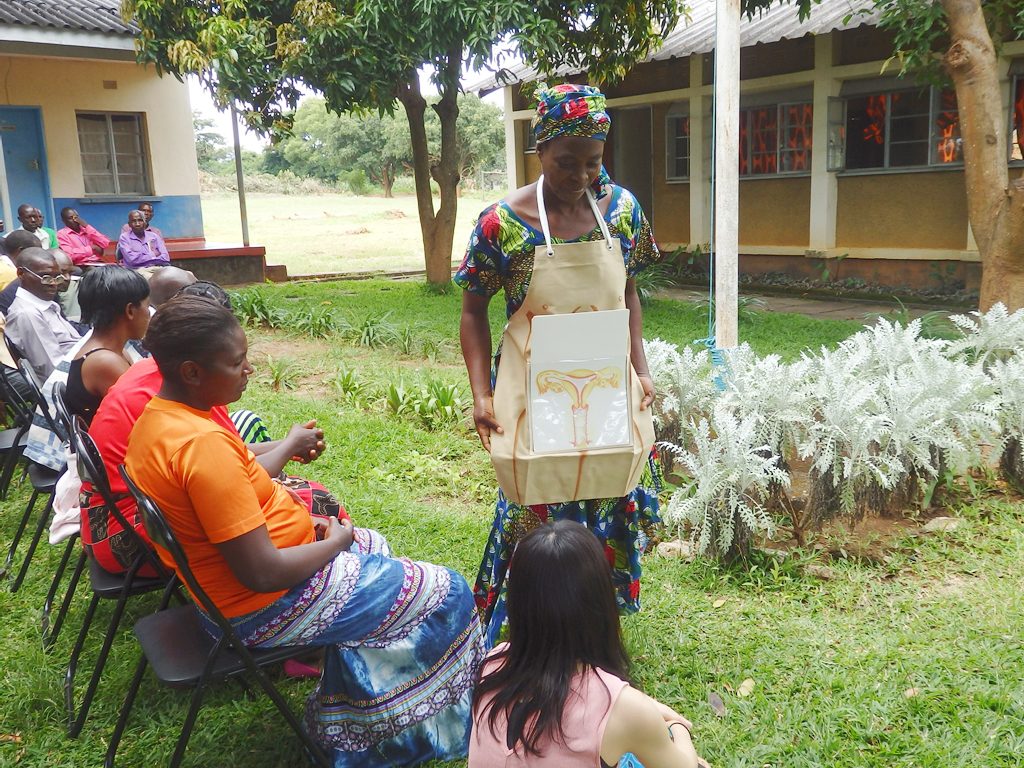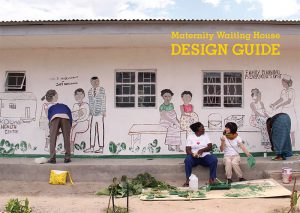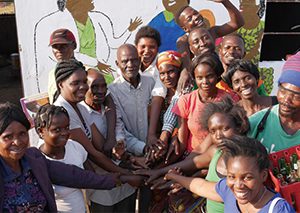Maternal, Newborn and Child Health One Stop Service Project
| Country | Zambia |
|---|---|
| Project Strengths | Promotion of women’s health through a life cycle approach at one stop service sites |
| Project Name | Maternal, Newborn and Child Health One Stop Service Project |
| Implementing Partners | Planned Parenthood Association of Zambia (PPAZ) Masaiti and Mpongwe District Health Offices |
| Supporting Agencies | Government of Japan International Planned Parenthood Federation (IPPF) Donations from individuals and corporations |
| Project Period | 3 years (Jan. 2018 – Jan. 2021) |
Description of SRHR Needs
-
In Zambia, 22% of the country’s total population is aged between 10 and 19 years, and about 28% of females are pregnant at the age of 18 (2007 Zambia Health Survey). The issues of teenagers and unwanted pregnancies are of great concern to the health and well-being of women and girls.
-
Research has found that in many cases it was safer for mothers not to have their babies at home with traditional birth attendants. Maternal mortality rates in Zambia have been in the past high. One of the main problems, when it comes to maternal mortality, is that only 47% of births are attended by a skilled health worker at health institutions. Home delivery rate is high – about 53%, and because communities in rural areas have limited access to health care.

JOICFP’s Intervention
| Goal | To contribute in the reduction of maternal and child mortality ratios by improving access to quality sexual and reproductive health services for women and youth. |
|---|---|
| Target Area and Population | 5 sites in Masaiti District (population: 140,452) 5 sites in Mpongwe District (population: 110,744) |
| Uniqueness in the Approach | One Stop Service site provides quality SRH services and information for the community at one place by promoting women’s life cycle approach including young girls. |
| Activities |
|

Project Outcomes
- Statistics from Mutaba Rural Health Centre show increase in facility deliveries from an average of 8 deliveries per month in 2013 to 16 deliveries per month in 2015 (Jan-Nov).
- Family planning acceptance increased from 1,006 in 2013 to 1,071 in 2015.
- The ratio of facility delivery in the 10 project sites was on average 30.5% in 2013, 37.4% in 2014 and 35% in 2015, but two years since this project was launched, the number has grown to 44.3% in 2016.
- Through the capacity building of health staff and community people, women, men and youth can receive appropriate information and services.
Additional Information: Attachments, Links, etc.
 |
 |
| Maternity Waiting House Design Guidebook | report 2017 |

